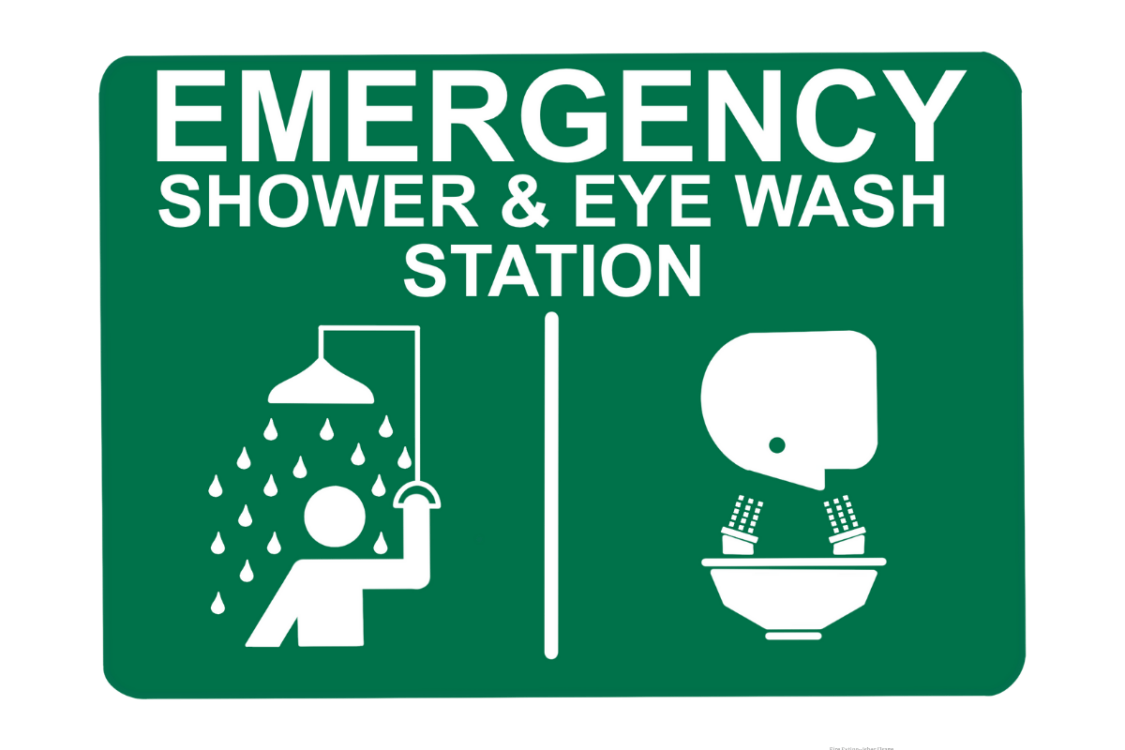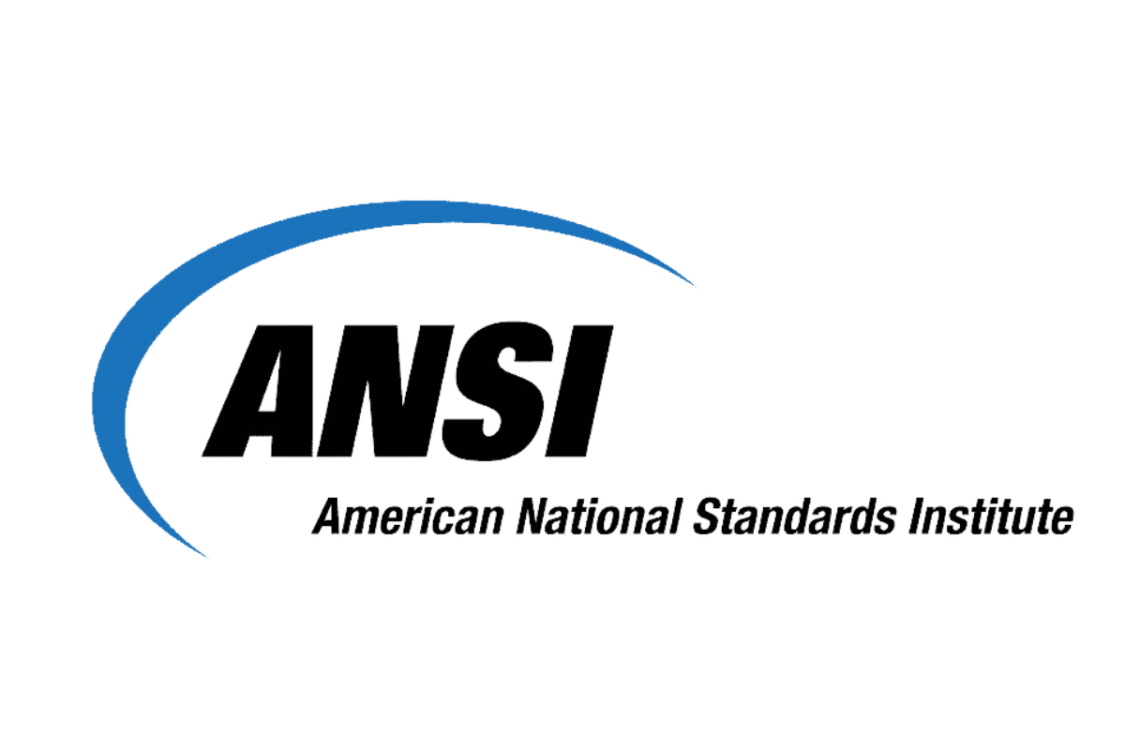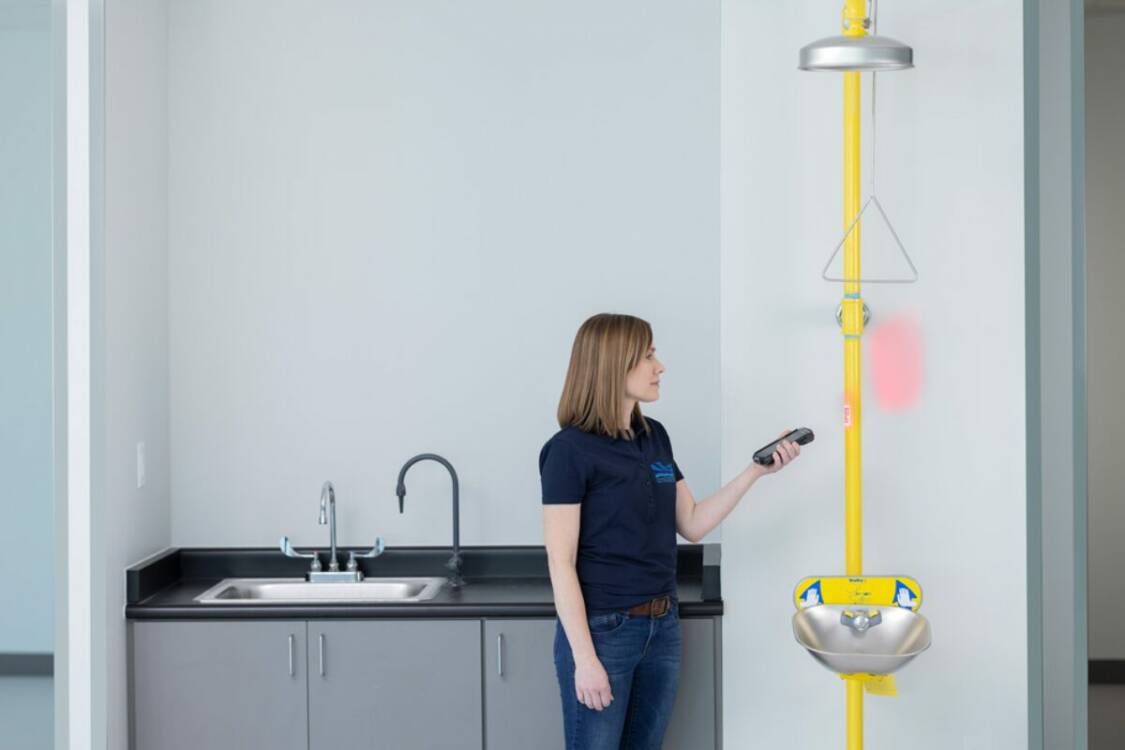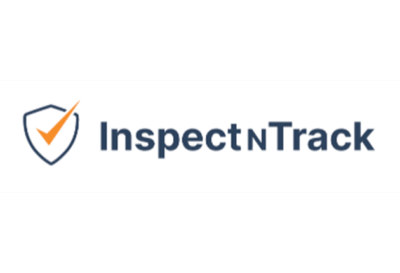A general overview of the main points of ANSI Z358.1, the code for emergency eyewash stations and safety showers.
It’s easy to assume that if you have safety equipment in place, you’re emergency ready. However, workplace safety depends on more than simply having the right equipment. For effective emergency preparedness, you need equipment that is accessible, functional, and well-maintained.
This is especially true for emergency eyewash stations and safety showers, both of which are essential for aiding personnel who get exposed to hazardous substances.
As a result, codes such as ANSI Z358.1 have been developed to standardize how eyewash stations and showers are designed, installed, used, and maintained. In this article we will go over what ANSI Z358.1 is, the main points of this safety standard, and what you can do to maintain compliance.
Note: While this information is valuable for the general public, it is especially helpful for those who are responsible for lab safety, industrial compliance, or general workplace risk management. If you fall into one of these categories, definitely follow along!

What is ANSI?
ANSI or the American National Standards Institute is a US-based organization that develops consensus standards for workplace safety.
Essentially, they are a non-government group with the goal of providing employers with best practices for creating safe working environments. They were first established in 1918 and have since gotten over 13,000 approved American National Standards (ANS) including the one we are reviewing today: ANSI Z358.1.
What Does ANSI Z358.1 Cover?
Intro: ANSI Z358.1 is a critical safety standard regarding emergency eyewash stations and safety showers. It was first published in 1981 by the American National Standards Institute (ANSI) and the International Safety Equipment Association (ISEA) but has since been updated.
Purpose: The primary objective of ANSI Z358.1 is to provide guidance for the design, installation, use, and maintenance of emergency eyewash stations and safety showers. It aims to protect workers from hazardous substances by ensuring that safety equipment is available for use if a person encounters a harmful chemical or item.
Scope: The standard applies to all industries where eyewash stations or showers might be used, including healthcare, science, research, chemical processing, oil & gas, and much more. It is applicable for companies and organizations based in the United States.

Main Points of ANSI Z358.1
Let’s take a closer look at the valuable information found in ANSI Z358.1. Note that the following points are generally applicable for eyewash stations, safety showers, and combo units.
While these points don’t cover all the requirements outlined in the code, they highlight many of the main points that a worker or inspector should know. To access the full text of the ANSI Z358.1 code, visit the ANSI website and purchase the pdf.
Why Compliance Matters
Compliance with standards such as this one matters for 2 main reasons: safety and compliance.
Safety – Failing to comply with ANSI Z358.1 opens the door for serious injuries in the event of chemical exposure. Properly functioning emergency eyewash and shower units can be the difference between a minor incident and permanent injury.
Compliance – ANSI standards are technically voluntary; however, there is often an OSHA standard with similar requirements that will indirectly enforce ANSI compliance. This is true for ANSI Z358.1 which is backed by OSHA’s Medical Services and First Aid standard (29 CFR 1910.151(c)). Both standards require proper installation and maintenance of eyewash stations and safety showers. OSHA has legal authority to cite employers for safety violations and issue hefty fines, especially if an injury results from them. Therefore, it is financially and reputationally beneficial to employers to comply with ANSI.

Implement Safety Software
Managing numerous eyewash and safety shower stations across one or more facilities can be difficult. That’s why we recommend safety professionals use inspection software to streamline equipment tracking, documentation, inspection schedules, and task assignments.
There are a wide range of options for software on the market; however, InspectNTrack software is purpose built for eyewash and safety shower inspections. It has been developed and refined over the last 30 years to help you inspect all of your safety equipment, including safety showers and eyewash stations.
InspectNTrack Software can help by:
- Automating inspection scheduling
- Tracking maintenance history
- Generating compliance reports for audits and internal reviews
- Enabling mobile inspections for efficient on-site assessments
- Ensuring nothing is overlooked with corrective action reminders
- Providing accountability for workers
- And so much more!
Features like these help our customers feel peace of mind about their compliance status, get excited about increased efficiency in their operations, and enjoy a more simple, streamlined version of their job.
Want to learn more about what InspectNTrack software can do for you? Click the link to set up a brief demo. Start on your journey of improved safety today.
Conclusion
ANSI Z358.1 is a safety standard that provides guidance regarding emergency and safety showers in the workplace. It is meant to help ensure that these devices are functional when needed most. By following the standard’s guidelines on placement, flow rate, temperature, and testing, organizations can create a safer work environment and reduce liability. Leveraging inspection software, such as InspectNTrack, further strengthens compliance efforts and helps employees best maintain eyewash and safety shower mechanisms.

